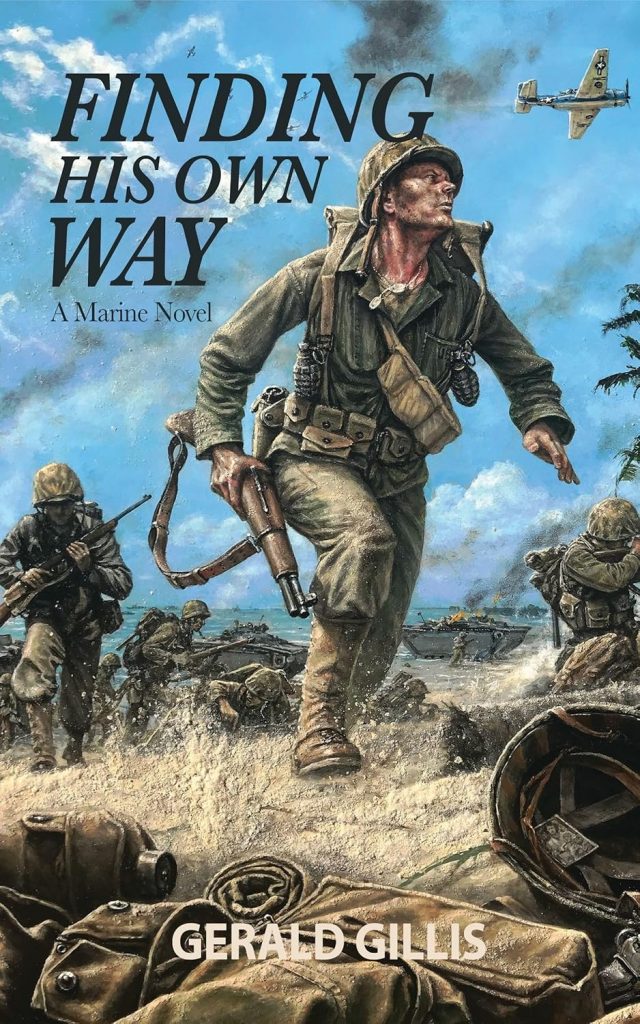Once again it is the occasion of the U.S. Marine Corps’ birthday, and I often think about this officer when I consider the Corps’ rich heritage. His name was Michael P. Ryan. In 1973, I was about to complete my obligation to the Marines and would soon leave Okinawa to return home to my wife and two young sons in Atlanta. By chance, I happened to be in the Officers Club one night when Gen Ryan, the Commanding General of the 3rd Marine Amphibious Force, dropped by as a guest of our Battalion Commander. I introduced myself to Gen. Ryan and informed him that I would soon rotate home and separate from the Marine Corps.
Gen. Ryan graciously thanked me for my service. I noticed the Navy Cross medal he wore, the highest decoration the Naval Service can award for combat valor, second only to the Medal of Honor. In addition, I remembered from my study of Marine Corps history that he had served with great distinction at the bloody World War II battle of Tarawa in November 1943.
“General,” I asked, “what’s the one thing you remember most from Tarawa?”
Gen. Ryan replied without hesitation, “The salute.”
The battle of Tarawa was the first U.S. offensive in Central Pacific. To get to Japan, the Americans needed to take the Marianas; to take the Marianas, the U.S. needed to take the Marshalls; and to take the Marshalls, it was necessary to take Betio, on the western side of Tarawa Atoll in the Gilbert Islands.
Tarawa was the first U.S. invasion that was opposed at the landing beaches. Planners had expected a rising tide to provide a five-foot depth over the reef, but the depth was only three feet. The Higgins boats ferrying the Marines from ship to shore needed four feet of depth. Consequently, Marines had to wade ashore under murderous fire, greatly slowing their progress. “Situation in doubt” was communicated to the top U.S. commanders.
Casualties in first waves were shocking. It was a scene of utter chaos and destruction. Still, the young Marines kept advancing.
Then-Maj. Mike Ryan landed his company to the west of the main landing areas where he consolidated the stragglers from units that had been obliterated on the beaches. Suddenly, out of the smoke comes an old staff sergeant, dragging a wounded hip, who sought out Maj. Ryan and asked what he could do to assist. When Maj. Ryan explained the situation and suggested a leadership role for the sergeant, the man straightened, voiced a resolute “aye-aye, sir,” and gave a crisp Marine Corps salute.
The attack was a success and provided pressure on the enemy’s right flank, which eventually broke. The battle turned on Maj. Ryan’s audacious gallantry and inspiring leadership. The Japanese commander had said before the battle that it would take a million Marines a hundred years to take Tarawa. It took Maj. Mike Ryan, a shot-up old staff sergeant, and 5,000 other leathernecks 76 hours.
Mike Ryan never saw the old NCO after the battle, so he never knew whether the man had survived the battle or the war. He only knew that, of the tens of thousands of salutes he received in a long and distinguished military career, the sergeant’s salute at Tarawa was the one he cherished the most.
On this the 241st birthday of the Marine Corps, I salute the Marines of the past who made our Corps into the finest fighting organization in the world. And I salute the Marines of the present who have maintained those core values of honor, courage, and commitment.
Semper Fi.



